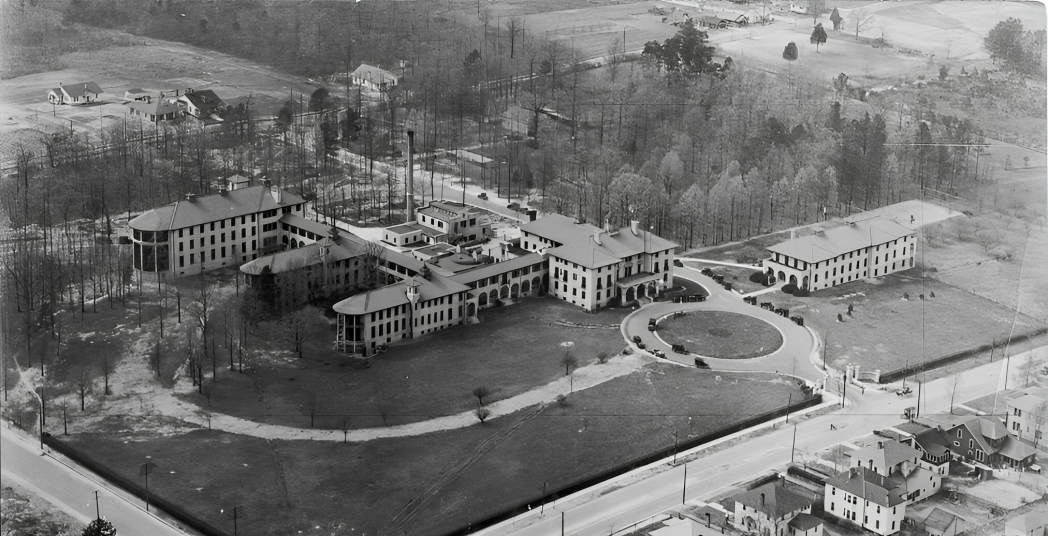By Viviana Gardner, Stentorian Staff Writer
The lingering smell of sawdust in the air paired with the clattering of construction materials inside Hill House had filled my senses for the past three months. Every day, I walked past the building, my thoughts bubbling with curiosity about what lay inside the unfinished building. As my mind ran rampant with the possibilities held within Hill, I stumbled upon a theory greater than anything I had imagined.
October 16th. The day had been particularly draining–the PSAT along with the altered schedule had thrown the student body off, going from class to class while instructors tried to drain every 25 minutes they had with us dry for education. We were tired.
To give myself a break from the hustle and bustle of the day, I decided to give myself a short walk around the campus from the lovely comfort of the air-conditioned breezeways. Upon reaching the Greynolds tunnel to Watts, however, the air changed. The air was thin and it was alarmingly quiet. There was no ambient noise from the air-conditioning units and no scurrying of the rats in the wall. An absolute ear-deafening silence had been cast throughout that tunnel.
A peculiar thought entered my brain at that moment, and I couldn’t help but let that thought guide my actions as I took cautious steps forward. My footsteps felt light but they were the only things I could hear as I went deeper into the tunnel and pushed my hand against the unusually heavy door to Ground Watts.
The skull and cross-bones on the door to Hill Tunnel beckoned me forward and I was in no position to question its orders. The lights in Ground Watts were flickering, as if the power supply was running out. But that didn’t matter. Not when strange inhuman noises were bellowing from beyond the door to the Hill Tunnel.
Nobody had been in the area, or at least, no one was supposed to be in there; it was a restricted area and all the construction workers had been long gone.
Those noises only enthralled me further, and it felt like I had been walking for hours. Upon reaching my destination, a random Hill classroom, my eyes almost couldn’t believe what I had seen. Pods–hundreds of large humanoid pods molded in what appeared to be replicas of students who had been noticeably acting strange.
Upon further investigation, these were the same students who had let the stress of college applications get to them and fell victim to the curse of the “senior slump.” However, this was no ordinary slump. It was a disease that took over their minds rapidly and was somehow using their accumulated stress to produce an alien body double.
This is no satirical article. This is a call to action. Hill House is no construction zone. It is a housing unit for the aliens that have come to take over the minds of North Carolina’s best and brightest and if you’re not careful, you might be next…

